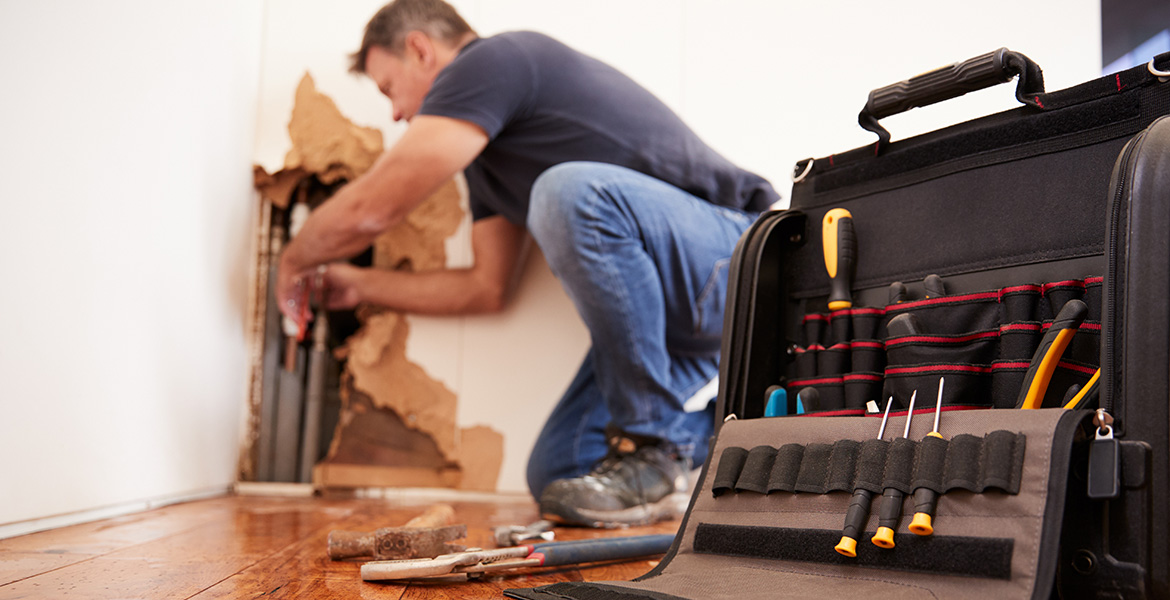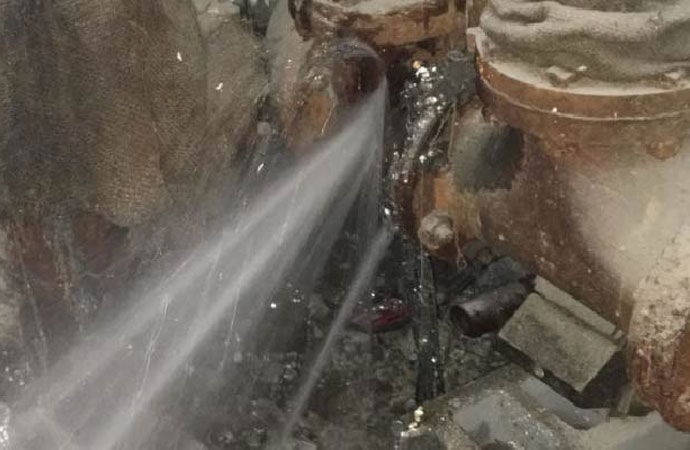Are you searching for details concerning What to Know Before Installing a Dishwasher?

A burst pipeline is a major emergency; you can just stand as you watch water you pay dearly to rejoin with the planet. In worse cases, you observe a pool on your kitchen area floor, which is an excellent trip risk, especially if you have children around. If the pipeline that ruptured was in your wall surfaces, bad news: you may require to repaint that whole area.
Just how can a calamity like a ruptured pipe be prevented as well as taken care of? Well, by listening to your specialist emergency plumbings as well as adhering to these guidelines.
Just how do I recognize when my pipelines have ruptured?
Changing water pressures
Pipes do not simply burst in a day. You may have seen that your kitchen tap or shower does not run right away when you transform the faucet. It might pause for a couple of seconds and afterwards blast you with even more pressure than usual.
In various other instances, the water may seem typical initially, then drop in stress after a few secs.
Damp wall surfaces and also water discolorations
Before a pipe bursts, it will certainly leakage, the majority of times. If this persistent leaking goes undetected, the leak may finish right into a vast gouge in your pipe. One simple way to avoid this emergency is to look out for wet walls ad water stains. These water spots will lead you right to the leak.
Puddles under pipes as well as sinks
When a pipe bursts, the discharge creates a pool. It might show up that the pool is growing in size, as well as regardless of the amount of times you mop the pool, in a couple of mins, there's an additional one waiting to be cleaned. Commonly, you might not have the ability to map the pool to any type of noticeable pipelines. This is an indicator to call a professional plumber.
Untraceable dripping noises
Pipeline bursts can occur in one of the most undesirable areas, like within concrete, inside wall surfaces, or under sinks. When your house goes quiet, you might have the ability to listen to an annoyingly persistent dripping noise. Also after you've inspected your shower head as well as kitchen area tap, the leaking may continue.
Dear reader, the trickling might be originating from a pipe inside your walls. There isn't much you can do concerning that, other than tell an expert plumber.
Shut down the Water
When water ices up, it increases in volume by about 9 percent. And also it increases with incredible force: The stress inside pipes may go from 40 extra pounds per square inch to 40,000 psi! No pipeline can hold that much pressure, so it bursts. The break may happen where the ice forms, yet more often, it happens where water stress discovers a vulnerable point in the pipe. That may be inches or perhaps feet from the icy area. Find the water shutoff valve and switch off the water to avoid more damages. You might additionally need to shut off the power also, depending upon where the leakages occurs and also exactly how huge it is.
Polluted water
Many people think a burst pipeline is a one-way outlet. Quite the contrary. As water spurts of the hole or tear in your plumbing system, pollutants find their method.
Your water might be infected from the source, so if you can, examine if your water tank has any kind of issues. Nevertheless, if your drinking water is provided and cleansed by the local government, you ought to call your plumber instantly if you see or smell anything amusing in your water.
What do I do when I spot a ruptured pipe?
Your water meter will remain to run even while your water wastes. To decrease your losses, discover the main controls as well as turn the supply off. The water pipe are an above-ground structure beside your residential or commercial property.
How to Fix & Detect a Leaking Pipe
How Do I Know if a Pipe is Leaking?
Leak detection tests can help you determine if your pipe has a leak. Even if you don’t see an apparent leak, you should still conduct leak detection tests regularly to save water and money—and prevent major damage to your home.
Water meter. It can be helpful to figure out what your usual water meter usage numbers are and then monitor them regularly. To monitor your meter, first, turn off all water faucets in your home. Check the meter and write down the numbers. In a few hours, check the meter again. If the numbers have changed, you have a leak. Water gauge. Use a water gauge to test your water pressure. Your showerhead should produce a certain amount of water pressure based on its model and design. If the pressure is lower than it is supposed to be for that specific showerhead, your home likely has a leak. Puddles. Look inside your bathroom, laundry, and kitchen sink cabinets. Puddles around the cabinets or around toilets, tubs, showers, and washing machines indicate the presence of a leaking pipe. You may also notice loose tiles, peeling or flaking paint, or mold caused by water accumulation. Napkin test. Even if you don’t see any puddles, you may still have a leak. You can test for water leaks in the bathroom, laundry, and kitchen by wiping below-sink connections with a napkin, paper towel, or piece of toilet paper. If it becomes damp, you probably have a leaking pipe under the sink. Discolored walls. Walls that are discolored—usually with brown or yellow stains—or bulging might mean that they have been impacted by water damage caused by a leaking pipe. Smell. A leaky pipe will create sitting water, and over time, that water may develop a musty smell. If your home smells musty, but you can’t locate the source, it may be due to a leak. Steps for Fixing a Leaking Pipe
A leaky drain can be remedied by tightening the pipe base, replacing the drain seal, caulking the rim, and tightening the pipe nut. Similarly, a leaking toilet pipe can be treated by tightening the packing nut. You may also need to replace the valve. A leaky faucet may just need tightening or replacement of the washers. If that doesn’t work, consider replacing your faucet. If your pipe has a hole in it, you may want to use a pipe leak sealer or pipe leak tape. This quick fix for water pipe leaks can also temporarily fix a copper pipe leak. https://www.ahs.com/home-matters/quick-tips/how-to-tell-if-pipes-are-leaking/

I ran across that blog posting about What to Know Before Installing a Dishwasher while doing a search on the internet. Sharing is caring. You won't know, you could be helping someone out. Thank you for your time spent reading it.
Apply Now